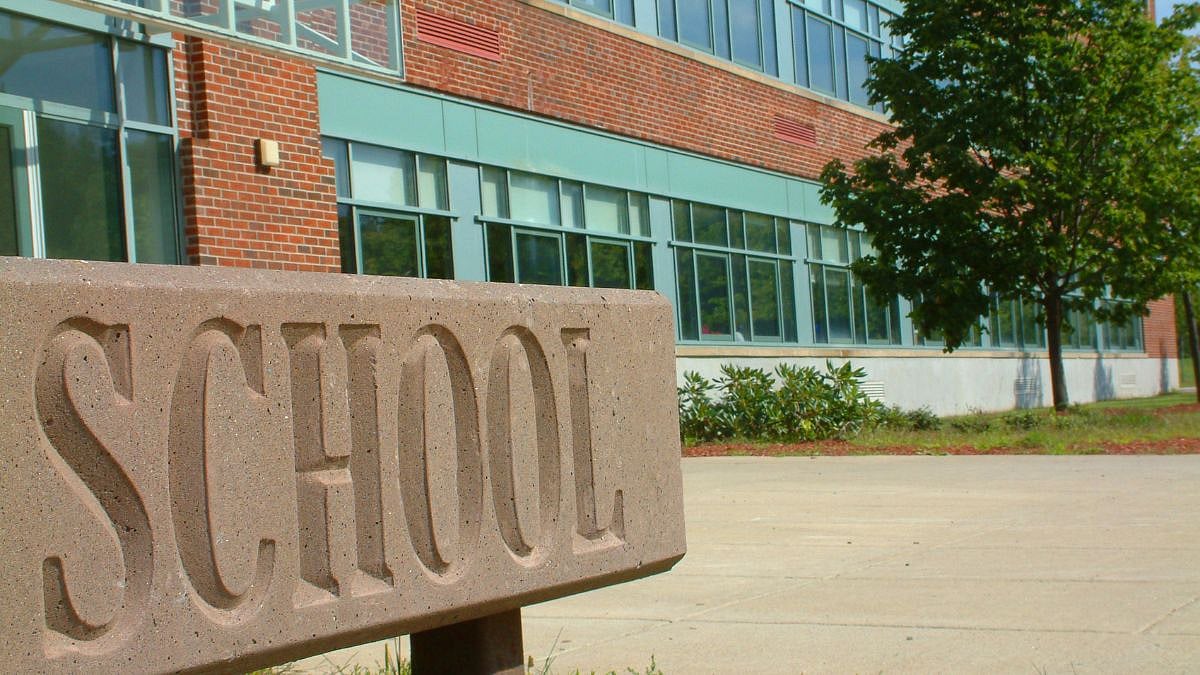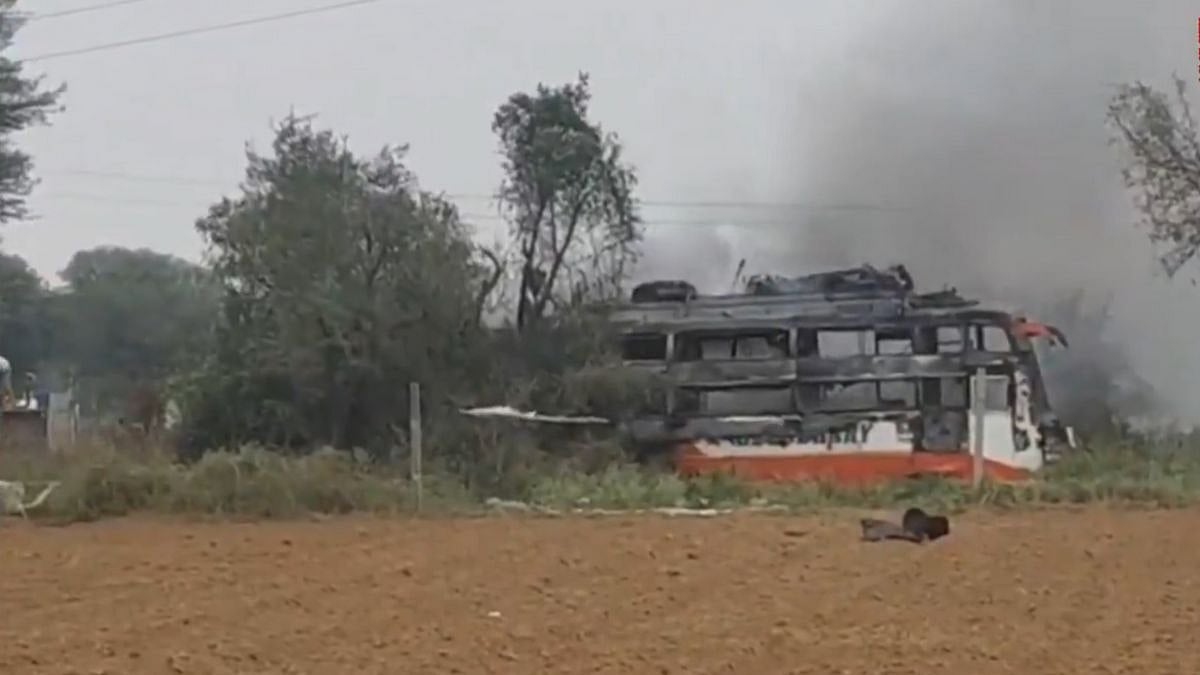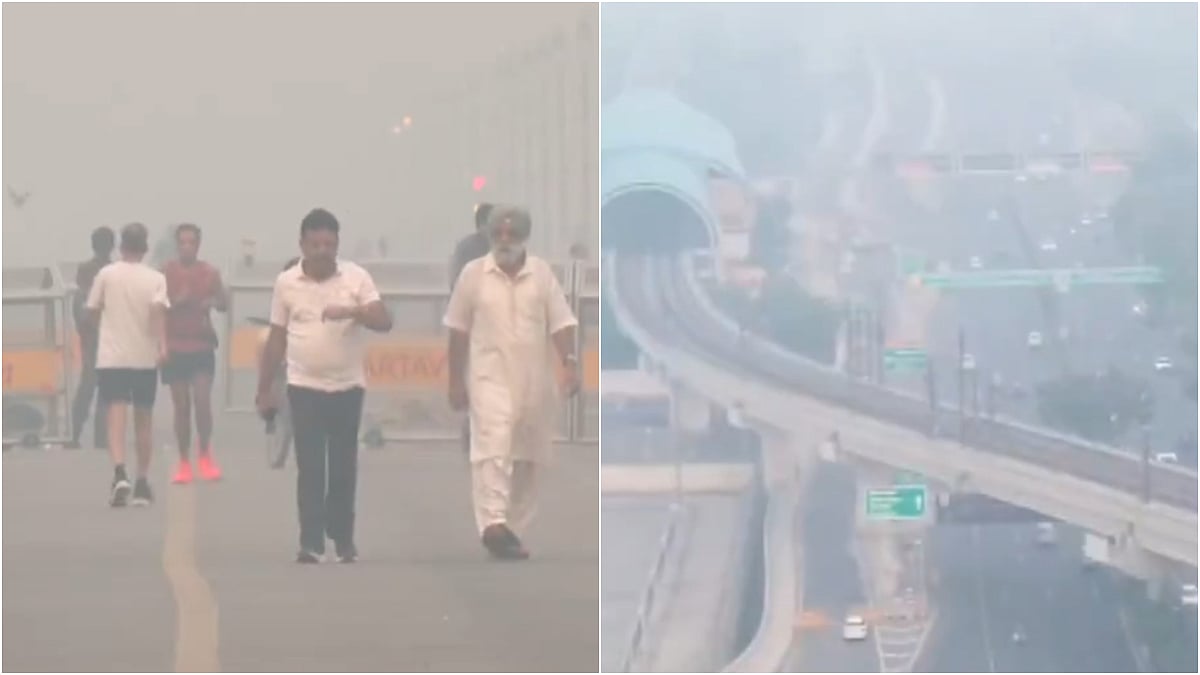Commencing with the case filed against Rhea Chakraborty in June 2020, following the unfortunate death of Sushant Singh Rajput, followed by a summons issued to various celebrities of Bollywood including Deepika Padukone, Rakul Preet Singh, Sara Ali Khan, and others, and the raid on the cruise liner Cordelia resulting in the arrest of Aryan Khan, Arbaaz Merchant, Munmun Dhamecha and 16 others on October 2, 2021, resulting in the arrest of 16 persons, the Narcotics Control Bureau was in the limelight for all the wrong reasons.
Finally, a chargesheet of 6000 pages was filed on May 27, 2022, by the SIT (NCB) before the Special Court, dealing with offences under the NDPS Act dropping charges against Aryan Khan and five others. The reason for dropping the charges in the press note appears to be a lack of proper evidence.
Right from the beginning, the investigation was botched up and conducted in a perfunctory manner which dented the image of the NCB. Though, a course correction was done to drop the charges against 6 persons, is it the business of the NCB to involve itself in petty cases involving drug addicts or should they focus on the task for which it was set up, particularly in the light of a series of major seizures affected in 2020 and 2021 by the DRI, Customs, Coast Guard and ATS of Gujarat. Further, there is increasing evidence of drug abuse amongst the youth particularly in Punjab, the North-Eastern states, Goa, and metropolitan cities like Delhi, Mumbai, Bangalore, Hyderabad, etc.
In Goa, the Russian mafia operates a well-organised network around Arambol, catering to Russian tourists. Nigerians have been active since the last 5 years. Israelis were once active but their numbers have shown a sharp decline. Drug cartels are sending higher quantities of drugs to Delhi compared to quantities received in Goa, Mumbai, or Bangalore. Delhi is now known as Cocaine Capital. West Delhi has become a ‘Drug Zone’. The cost of heroin in Delhi has now increased to Rs 4 Crore per kg. Nigerians have become the biggest players in India’s drug market for hard drugs.
A national survey conducted by the Ministry of Social Justice and Empowerment in 2018-19 shows that there were 22 million drug addicts, which according to estimates, will not be less than 60 to 80 million in 2022. According to UNODC's estimates (United Nations Office on Drugs and Crime), 1/6th of the world production of drugs is consumed in India.
A similar survey was conducted by the Ministry of Social Justice and Empowerment in collaboration with the Society for Promotion of Youth & Masses and a team of researchers from the National Drug Dependence Treatment Centre, AIIMS, New Delhi, in collaboration with the Department of Health and Family Welfare, Government of Punjab in February – April 2015 indicated that there were 2.32 lakh “drug dependents” in Punjab. The most commonly abused drug by this group is heroin (53%) and 1/3 of them by injecting.
A study conducted in 2015 by UNODC in the North-Eastern states shows that women aged 18 years and above, use heroin either orally as well as by injecting. Concurrently, cannabis is also used. A little more than a third of them obtain drugs in exchange for sex. Injecting is more prevalent in the high HIV burden states of Manipur, Meghalaya, Mizoram, and Nagaland. The transition from non-injecting to injecting mode occurred for more than half the women participants.
In Chakrata Hills, close to Dehradun, at about 3,000 feet, there is illicit poppy cultivation by farmers to supplement their income. In spite of periodic operations conducted to eradicate, illicit cultivation of poppy continues.
There has been no official survey to estimate the scale of illegal cultivation across Arunachal Pradesh. A 2010 survey, carried out by the Institute of Narcotics Studies and Analysis (INSA), estimated that over 15,000 hectares of area is under opium cultivation in Anjaw and Lohit districts.
The INSA survey in three hill districts in Manipur—Kangpokpi, Churachandpur, and Tengnoupal revealed that poverty, food insecurity, and material needs are the drivers of illegal opium production in Manipur. The short-term measures taken up by NCB and local police in the eradication of poppy cultivation yielded insignificant results. Until the government provides these farmers with sustainable alternative livelihoods, enforced eradication and other repressive measures would be counterproductive.
In Kerala, particularly in Kambakkal Hills, at an altitude of 8000 ft in the virgin forests areas ranging from 8 to 10 acres are cleared and ganja is cultivated. Though periodical eradication operations are conducted by NCB and the DRI, ganja is still being cultivated by changing the location.
Apart from the above, some of the pharmaceutical units clandestinely manufacture Mandrax, a hypnotic sedative, and MDMA (Methamphetamine / Ecstasy) a designer drug preferred by film stars and the rich, for making enormous profits.
While drug addiction is a major problem debilitating the youth, we should keep in mind that funds generated in drug trafficking and other related serious crime are being used to finance terrorism. The sleeper cells operating as regional terrorist groups have a hybrid structure. To fund their terrorist activities, they resort to the smuggling of narcotic drugs, and may also resort to the distribution of fake currency, and nuclear and radiological trafficking.
The NCB was set up as a central authority to coordinate national and international drug enforcement effort and also for the implementation of the obligations in respect of counter-measures against illicit traffic and provide assistance to the concerned authorities in foreign countries and concerned international organisations with a view to facilitating, coordinating, and universal action for prevention and suppression of illicit traffic in narcotic drugs and psychotropic substances.
Further, the NCB has to implement the Comprehensive Multidisciplinary Outline of Future Activities in Drug Abuse Control (CMO) which was unanimously adopted by the Vienna Convention of 1987. It includes Prevention and reduction of demand, Control of supply, Suppression of illicit trafficking, and Treatment and rehabilitation.
It is high time that the NCB concerns itself with the prevention and suppression of illicit traffic in narcotic drugs and psychotropic substances and takes steps to implement the CMO as required under its Charter of Functions. It is also obligatory on the part of the NCB to implement the recommendations made by the Financial Action Task Force (FATF).
Keeping in mind the number of major cases registered by the DRI with the assistance of the Coast Guard, the Customs Authorities, and the ATS of Gujarat and the increasing number of drug addicts in the country, almost reaching 10 million, it is high time that the NCB gears itself to its responsibilities.
(The author is a former DG, NCB and DG DRI)








